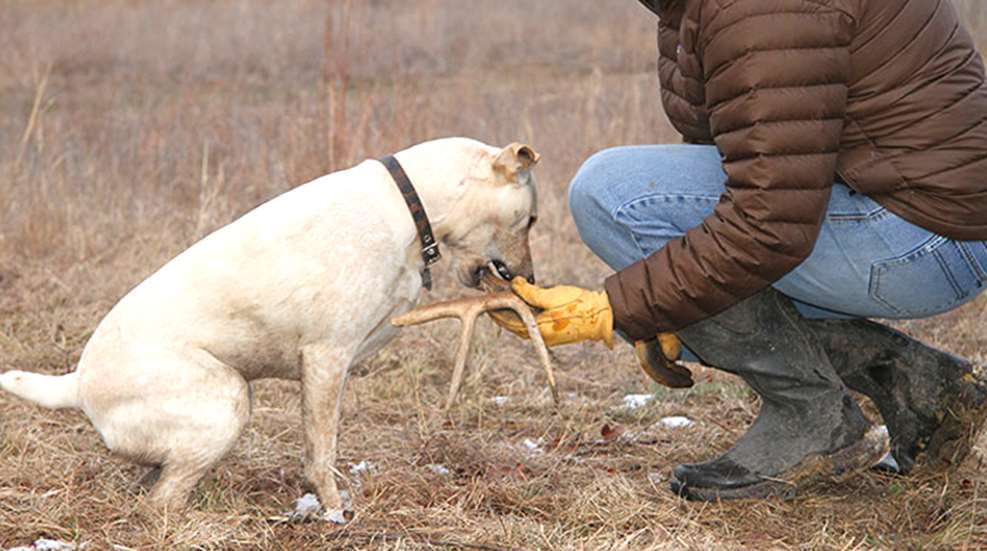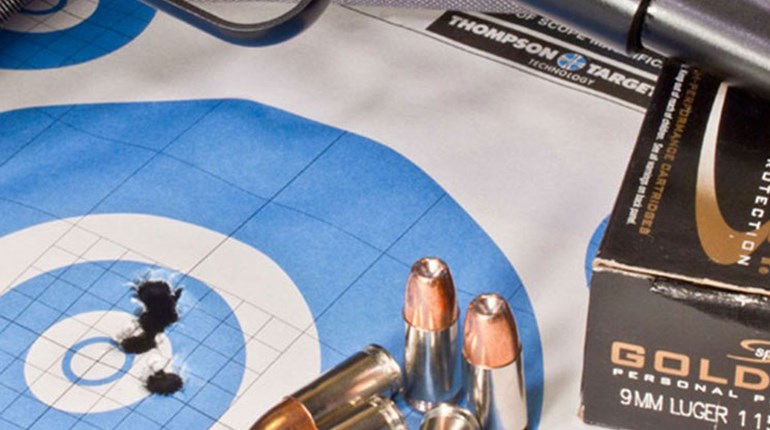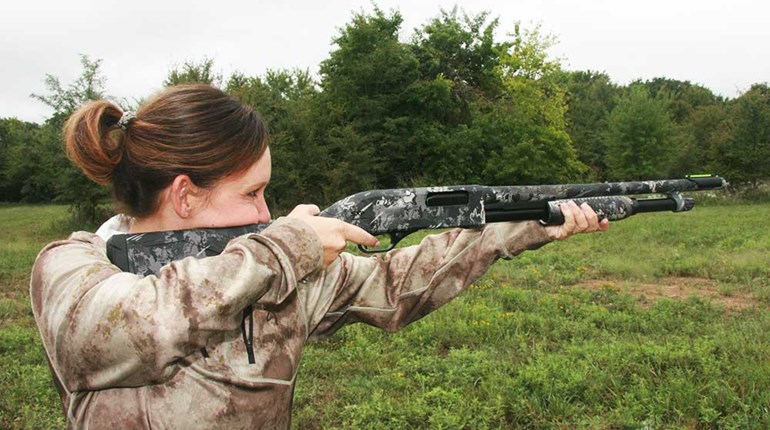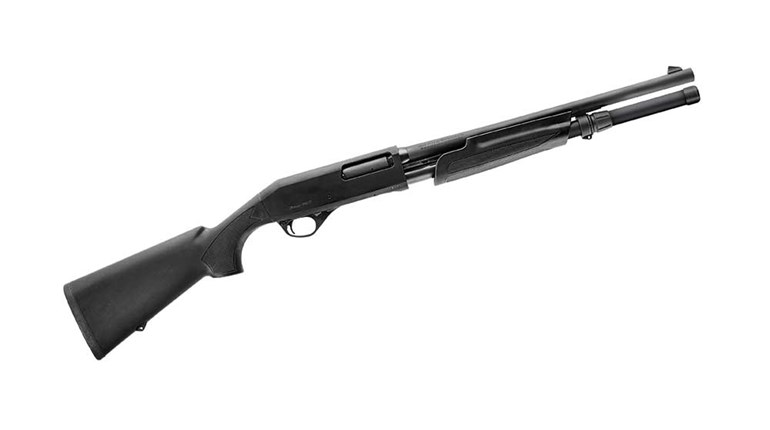
It's like an Easter egg hunt for adults. For kids it's an exhilarating learning experience; for family dogs it's the best thing since Beggin' Strips. It's exercise in the outdoors with a purpose. It's learning about the whitetails on the property if you're a hiker, and scouting them for next season if you're a hunter. All told, shed hunting is just plain fun for all.
What is shed hunting?
Each year male deer shed their antlers in January through March, depending on the region. Basically the living tissue that holds the antler on the deer's head, the pedicel, atrophies during this time of decreased sunlight, causing the antlers to fall off. An individual deer can shed one or both antlers seconds or days apart. A shed hunter's mission is to find the discarded antlers. But they don't have long to do it. In the weeks that follow, squirrels, insects and rodents often find and devour sheds for their nutritional value if natural decomposition doesn't claim them first.
What to do with found sheds?
Besides the obvious clues to a buck's existence that can be gleaned from sheds-such as the buck's maturity level, trophy potential and winter travel path-shed antlers provide the finder with unique decorating material. Some creative shed finders make chandeliers, knife handles, cabinet knobs, wine bottle holders, wreaths, cornucopia pieces, back scratchers and limitless other novelty items. All sheds are unique, and each one has a history. The fun is finding these treasures in the woods and speculating about its maker.
Fun for the Family
There are few better ways to introduce a youngster to the woods than by guiding them on a real-life treasure hunt. Along the way your son or daughter can learn about nature; if and when someone finds a shed, your child will likely be hooked. Getting hooked on any outdoor activity is better than Facebook.
Fun for the dogs:
A family dog can be taught to find and fetch shed antlers and therefore can be a huge asset to shed hunting. Although it seems as if an old, dry antler would provide little or no scent, rest assured your dog's nose can detect them. Dogs also cover much more ground afoot than humans, and so taking your trained pooch to the field will greatly enhance your success rate. But how do you train them?
Obtain a shed antler and hide it in weeds. Encourage your dog to “find the shed,” or a similar short phrase while leading him to it initially; praise him when he finds it. Make it a game by throwing the shed a few times for him and letting him fetch it. As your charge grows privy to the game of shed hunting, increase the difficulty of each find. Of course, your dog must be well behaved and not prone to running off or chasing animals while in the woods, so routine discipline training should be instilled before going shed hunting. While you can use a leash, it will hamper his range and therefore your chances of finding sheds. If your dog is prone to ranging too far, consider using a “check cord,” or a long piece of nylon rope attached to his collar so you can more easily stop him and “check” him if you must. Most well-behaved sporting breed dogs, however, make excellent natural shed hunters, and it adds a huge element of fun for the entire family.
Where to look:
While there is no surefire formula as to where a shed might actually fall from a deer's head, the best advice for finding sheds is to follow the deer. Search for sheds in areas that hold many deer, and then follow deer tracks and trails. It's a good bet to try near food sources where deer hang out. But don't limit yourself to woods, fields or obvious deer trails. Search all habitat used by deer, and be sure to check obvious places where a buck could snag and break loose a weakened antler-such as fence and creek crossings and brushy areas through which trails wend.
What to wear and bring:
Shed hunting is the perfect opportunity to break in new boots, try out new backpacks and scout for deer. Bring a map and your GPS to practice its functions while marking interesting landmarks such as future camping sites, treestand locations, ground previously covered or other notables. Wear long pants to protect your legs, and consider a walking stick both for hiking and to part long grass while looking for hidden sheds. Binoculars can save time and legwork. In springtime, beware of snakes. Bring a thin piece of rope or string to tie sheds over your shoulder for carrying ease. Or ask your kids carry the prize home.
Deer (including whitetails, mule deer, Sitka blacktail or exotic species like axis deer) inhabit all 50 states, and every healthy male animal sheds its antlers. Know that sheds are out there waiting for you to find them; you just have to search. Who knows? You may learn something about the land, the deer or your child while participating in this fun Easter egg-style free-for-all.







































